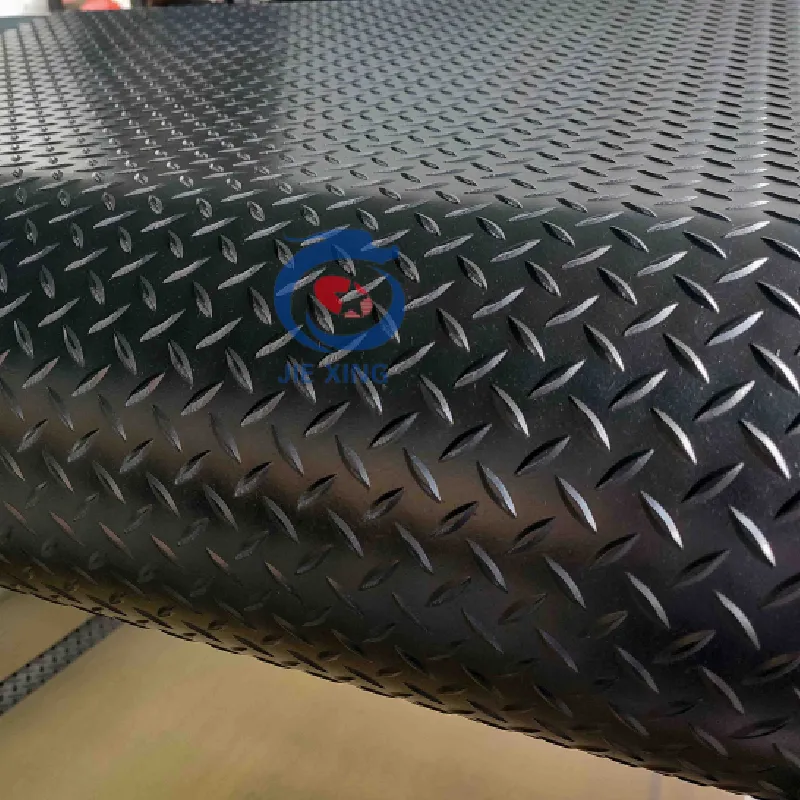Are Oven Door Seals Compatible with Different Models and Brands
Are Oven Door Seals Universal?
Oven door seals play a crucial role in the efficiency and performance of your oven. They are designed to create a tight barrier between the inside of the oven and the external environment, ensuring that heat and moisture remain where they belong during cooking. However, a common question that many homeowners ask is whether oven door seals are universal. In this article, we will explore the features, importance, and compatibility of oven door seals.
Understanding Oven Door Seals
Oven door seals, often made of silicone or rubber, are located around the perimeter of the oven door. Their primary function is to prevent heat loss, which can lead to inefficient cooking and higher energy bills. A properly functioning seal ensures that the oven reaches and maintains the desired temperature, resulting in more evenly cooked food.
Over time, these seals can wear out due to regular use, exposure to high temperatures, and cleaning processes. A worn-out seal can cause heat to escape, leading to longer cooking times and increased energy consumption. Therefore, it's vital to regularly inspect the condition of your oven door seal.
Are Oven Door Seals Universal?
The short answer is no; oven door seals are generally not universal. While some seals may appear similar in shape and size, they are often specifically designed to fit particular oven models or brands. Different manufacturers use various designs and materials, which can affect the compatibility of seals.
When replacing an oven door seal, it's essential to consider the following factors
1. Model and Brand Each oven model will often have a unique seal designed specifically for its door. This means that even different models from the same brand may require different seals.
2. Dimensions While the overall size of door seals may be comparable, slight differences in dimensions can lead to improper fit. An ill-fitting seal may not provide the necessary insulation, making it crucial to match the exact measurements.
3. Attachment Method Some seals are attached using adhesive, while others may be held in place by clips or other mechanisms. Understanding how your seal is secured will aid in selecting the correct replacement.
are oven door seals universal

4. Material The material used in the seal can also differ. Some seals are designed for specific heating elements or cooking styles. For instance, high-temperature oven seals might be essential for self-cleaning ovens or those used for specific types of cooking.
Replacing an Oven Door Seal
When it's time to replace your oven door seal, consider the following steps to ensure a proper fit
1. Identify the Model Check the manufacturer's website or your owner’s manual for the specific model number of your oven, as this information will be vital in sourcing the correct seal.
2. Remove the Old Seal Gently pull the old seal away from the door. If it is attached with adhesive, you may need to use a putty knife or similar object to help detach it.
3. Measure If you cannot find the exact replacement part, measure the old seal’s length and width to determine the correct size.
4. Purchase Acquire the correct replacement seal from a trusted retailer. Online resources often provide exact parts based on your oven’s model number.
5. Install the New Seal Follow the manufacturer’s instructions for installation. Ensure that it is evenly positioned around the door for maximum efficiency.
Conclusion
Oven door seals are essential components of your oven, directly impacting cooking performance and energy efficiency. It is important to understand that they are not universal and must be specifically matched to your oven model. Regularly checking and replacing worn or damaged seals will ensure your oven remains efficient and continues to perform well, saving you time and money in the long run.
-
Under Door Draught Stopper: Essential ProtectionNewsJul.31,2025
-
Garage Door Seal and Weatherstrips for ProtectionNewsJul.31,2025
-
Edge Banding Tape for Perfect EdgesNewsJul.31,2025
-
Table Corner Guards and Wall Corner ProtectorsNewsJul.31,2025
-
Stair Nose Edging Trim and Tile Stair SolutionsNewsJul.31,2025
-
Truck Bed Rubber Mats for Pickup BedsNewsJul.31,2025
-
Window Weather Stripping for Noise ReductionNewsJul.29,2025